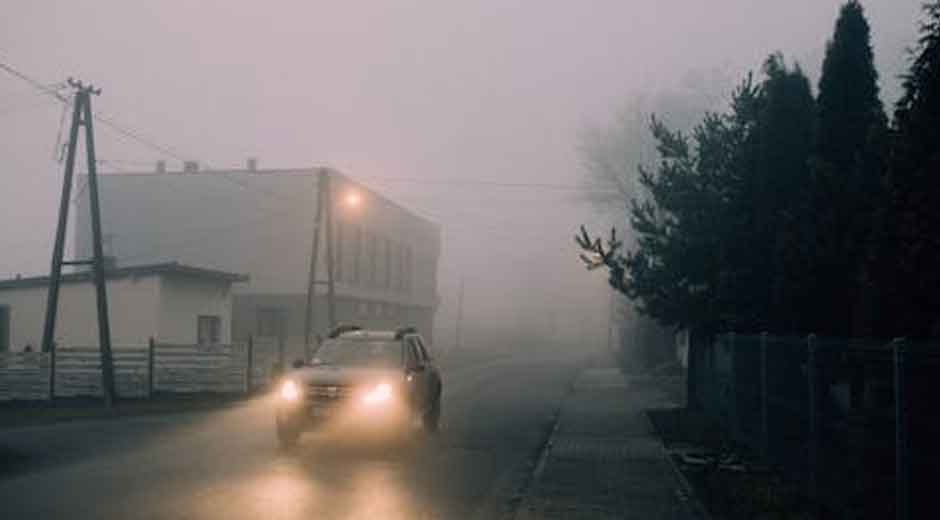Have you ever found yourself stuck on the side of the road with a flat tire or a car that just won’t start? Car emergencies can happen to anyone, no matter how careful or experienced they are. These situations are stressful, particularly if you are away from home or driving alone. Knowing what to do when things go wrong on the road can make a big difference. It can help you stay calm, stay safe, and take the right steps to fix the issue or get help.
In this blog, we will share expert advice on how to handle common car emergencies and keep yourself protected during unexpected situations.
Stay Calm and Pull Over Safely
When something suddenly goes wrong while you’re driving, it’s easy to panic. But staying calm is the most important first step. Take a deep breath and keep your hands steady on the wheel. Look around carefully and find a safe place to pull over. Try to move your car to the shoulder of the road or into a parking lot. Turn on your hazard lights right away so other drivers know something is wrong.
Once you’ve stopped, put your car in park and keep the engine running if you need heat or air conditioning. If you’re on a busy highway, stay inside the car and lock your doors. It’s usually safer to wait inside than to walk along the road. Call for help from your phone and explain where you are. Staying calm helps you think clearly and make smart decisions in a stressful moment.
Call for Help and Understand Your Options
After pulling over, your next step is to contact someone who can help. If you have roadside assistance, now is the time to call them. Many drivers use services like AAA, which can send a tow truck, help with a flat tire, or even bring fuel. When talking to the dispatcher, give clear details about your location and the problem with your car. This makes it easier for them to send the right help.
If you don’t have roadside coverage, you can call a trusted car breakdown towing service in your area. These services often work 24/7 and can handle many types of emergencies. Keep a few phone numbers saved in your contacts, just in case. Ask the company for an estimated wait time and cost. Some insurance companies also offer towing or roadside help as part of your coverage, so it’s good to know what your policy includes. Quick thinking and knowing who to contact can get you out of a tough spot faster.
Use Emergency Equipment Properly
Every car should have a basic emergency kit in the trunk. It doesn’t have to be fancy or expensive. Some helpful items include a flashlight, jumper cables, a tire pressure gauge, reflective triangles, a first aid kit, and a blanket. These tools come in handy when something goes wrong, especially at night or in bad weather. You can find ready-made emergency kits at most auto stores or make your own with items you already have at home.
If you’re stopped on a dark road, place the reflective triangles behind your car to alert other drivers. Use your flashlight to check under the hood or inspect a flat tire. Jumper cables are useful if your battery dies and someone is willing to give you a jump-start. The more familiar you are with your emergency tools, the more confident you’ll feel during a breakdown. It’s worth spending a few minutes learning how to use each item before you need it.
Know How to Change a Flat Tire
Flat tires are one of the most common car issues. They can happen because of nails, potholes, or sudden pressure loss. Knowing how to change a tire is a skill every driver should learn. Start by making sure your car is parked on flat ground and the parking brake is on. Get your spare tire, jack, and lug wrench from the trunk. These tools usually come with your vehicle.
Loosen the lug nuts before lifting the car with the jack. Then, remove the flat tire and put the spare tire in its place. Tighten the lug nuts and lower the car carefully. Always double-check that the tire is secure before driving. If you’re unsure about doing it yourself or don’t feel safe, it’s better to wait for help. Practice changing a tire at home if you’ve never done it before. It’s a useful skill that can save you time and worry on the road.
Handle Engine Overheating with Caution
An overheating engine can be scary, especially when steam starts coming from under the hood. If you see the temperature gauge rising or a warning light flashing, pull over right away. Turn off the engine and open the hood carefully—don’t touch it if it’s too hot. Wait at least 15–30 minutes before trying to check anything. Opening the radiator cap too soon can be dangerous.
After the car cools down, check if the coolant level is low. If you have coolant or water with you, you can add some to the reservoir. However, don’t try to drive far if the engine overheats badly. You might cause serious damage. Call a towing service if needed and have a mechanic look at the car. Common causes of overheating include leaks, faulty fans, or a broken thermostat. Regular maintenance can help prevent this issue, but knowing how to respond keeps you safe if it happens.
What to Do After an Accident
Accidents are scary and can leave you feeling shaken. If you’re in a minor accident, pull over to a safe spot if possible. Check yourself and your passengers for injuries. Call 911 if anyone is hurt or if the damage is serious. Even in small accidents, it’s a good idea to report it to the police. They’ll make a report, which can help with insurance later.
Exchange contact and insurance information with the other driver. Take photos of the damage and write down what happened while it’s still fresh in your mind. Stay calm and don’t argue or admit blame at the scene. Let the insurance companies handle that part. If your car isn’t driveable, call a towing service to take it to a repair shop. Accidents are stressful, but following the right steps helps things go smoother in the days that follow.
In conclusion, car emergencies are never fun, but they don’t have to be overwhelming. Knowing what steps to take, who to call, and how to use your emergency tools gives you power in a stressful moment. These tips help you stay calm and make smart choices during breakdowns, flat tires, bad weather, or accidents. Being prepared doesn’t just help you—it also keeps other drivers safe.






